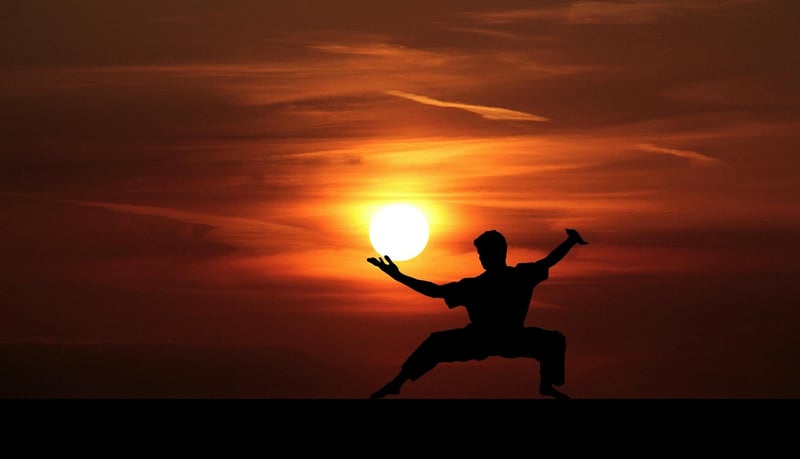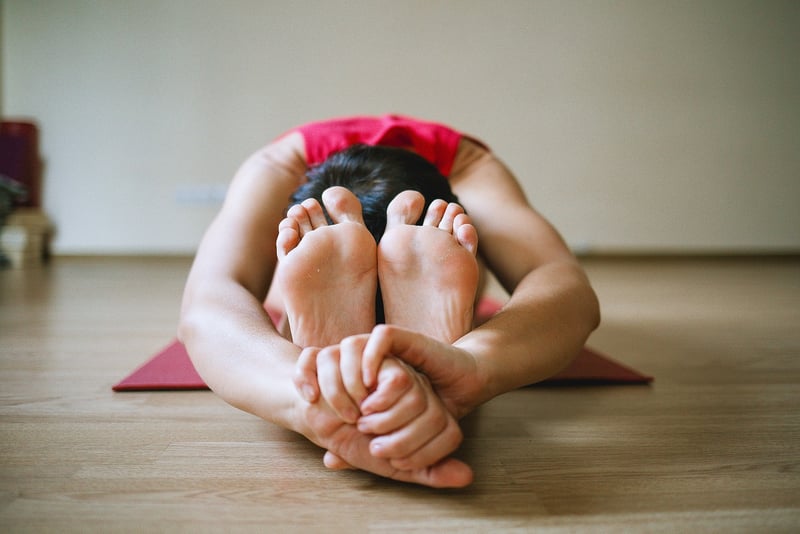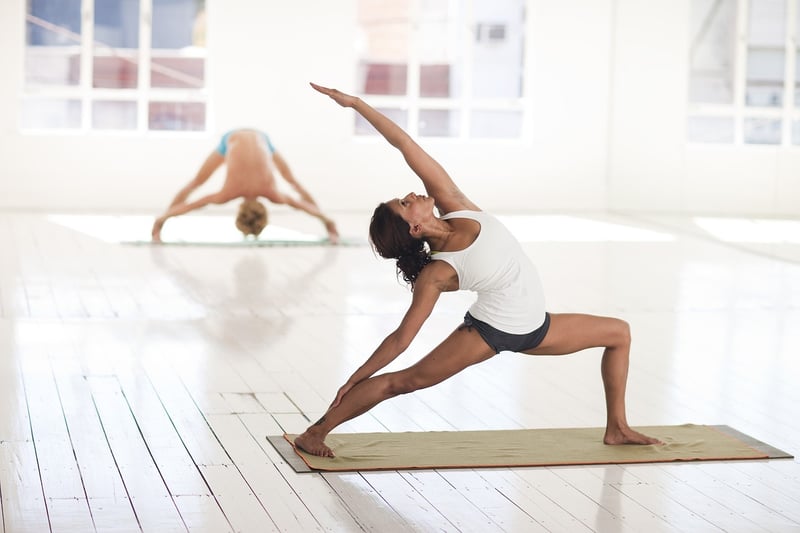Hatha Poses
The Art of Dynamic and Static Poses in Hatha Yoga
Yoga, an ancient practice that unites the mind, body, and spirit, offers a wide array of poses that can be categorized into dynamic and static poses. In Hatha Yoga, one of the most popular forms of yoga, practitioners often engage in both types of poses to achieve balance, strength, and flexibility.
Dynamic Poses
Dynamic poses in yoga involve continuous movement and flow. These poses are usually performed in a sequence, linking one movement to the next, creating a fluid and dynamic practice. Dynamic poses help to build heat in the body, increase cardiovascular endurance, and improve coordination.
Warrior II Pose

Warrior II pose is a classic dynamic pose that strengthens the legs, opens the hips, and improves concentration. To perform this pose, stand with your feet wide apart, extend your arms parallel to the floor, and bend your front knee over the ankle while gazing over your front hand.
Static Poses
Static poses, also known as holding poses, involve holding a specific posture for a period of time without movement. These poses help to improve focus, balance, and stability. Static poses also allow practitioners to deepen their breath and explore the subtleties of each posture.
Tree Pose

Tree pose is a popular static pose that enhances balance, focus, and concentration. To practice this pose, stand tall, shift your weight onto one leg, place the sole of the other foot on the inner thigh or calf, and bring your hands to prayer position at the heart center.
Hatha Poses
Hatha Yoga combines the practice of dynamic and static poses to create a harmonious balance between effort and ease. Hatha poses focus on alignment, breath control, and mindfulness, making it an ideal practice for beginners and experienced yogis alike.
Downward-Facing Dog Pose

Downward-Facing Dog pose is a fundamental Hatha pose that strengthens the arms, shoulders, and legs while lengthening the spine. Start on your hands and knees, lift your hips up and back, straighten your arms and legs, and create an inverted V-shape with your body.
Whether you prefer the dynamic flow of movement or the stillness of holding a pose, incorporating a mix of dynamic and static poses into your Hatha Yoga practice can help you achieve a well-rounded and transformative experience on and off the mat.
